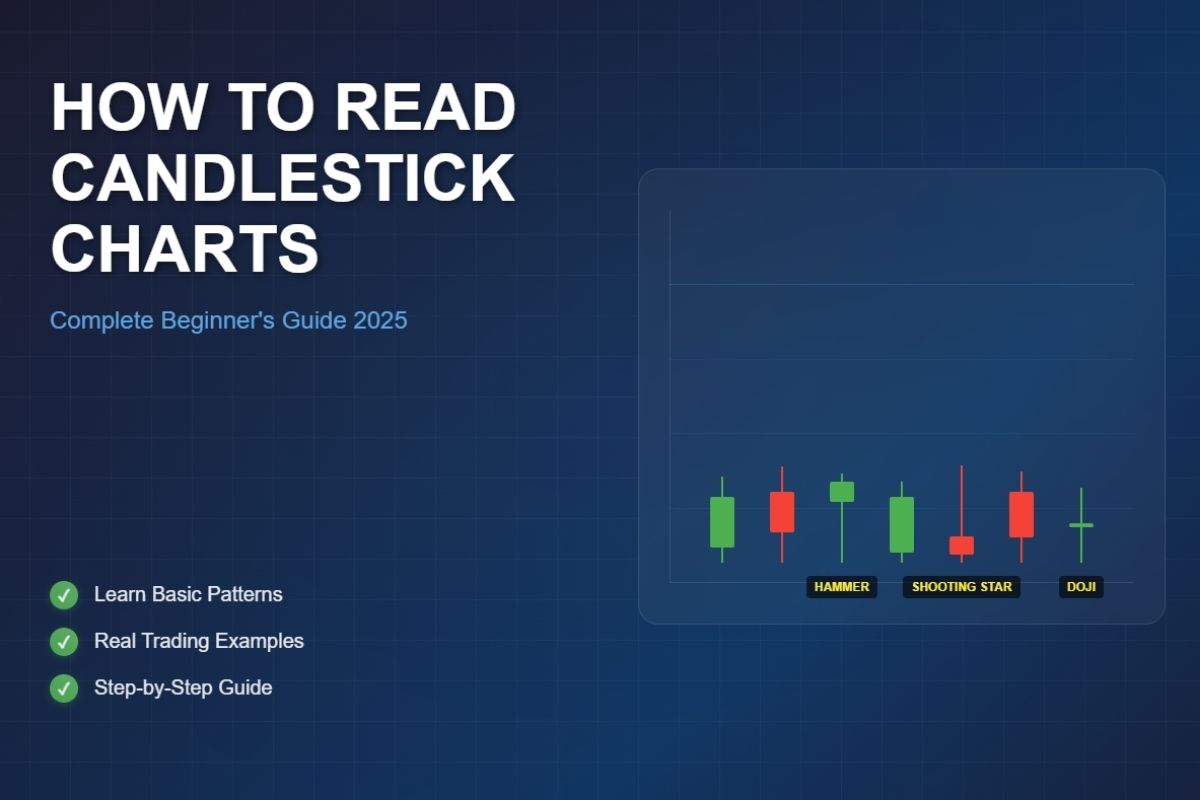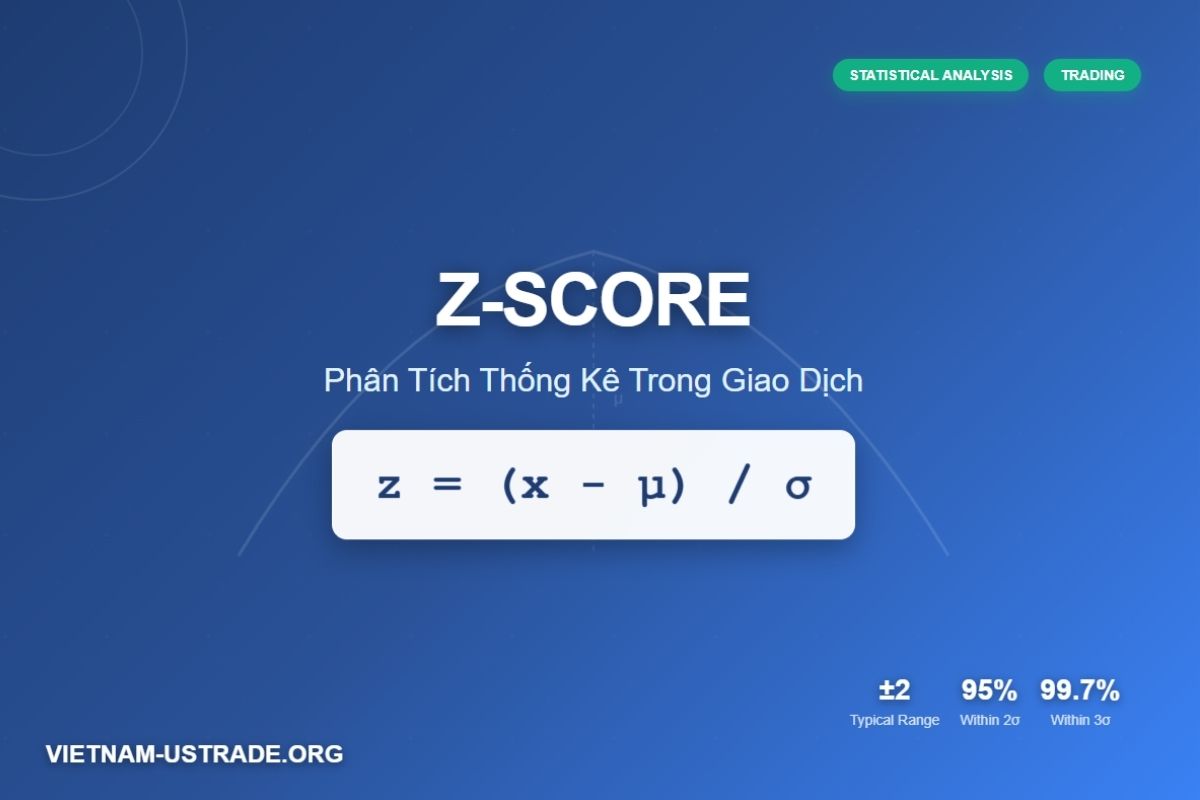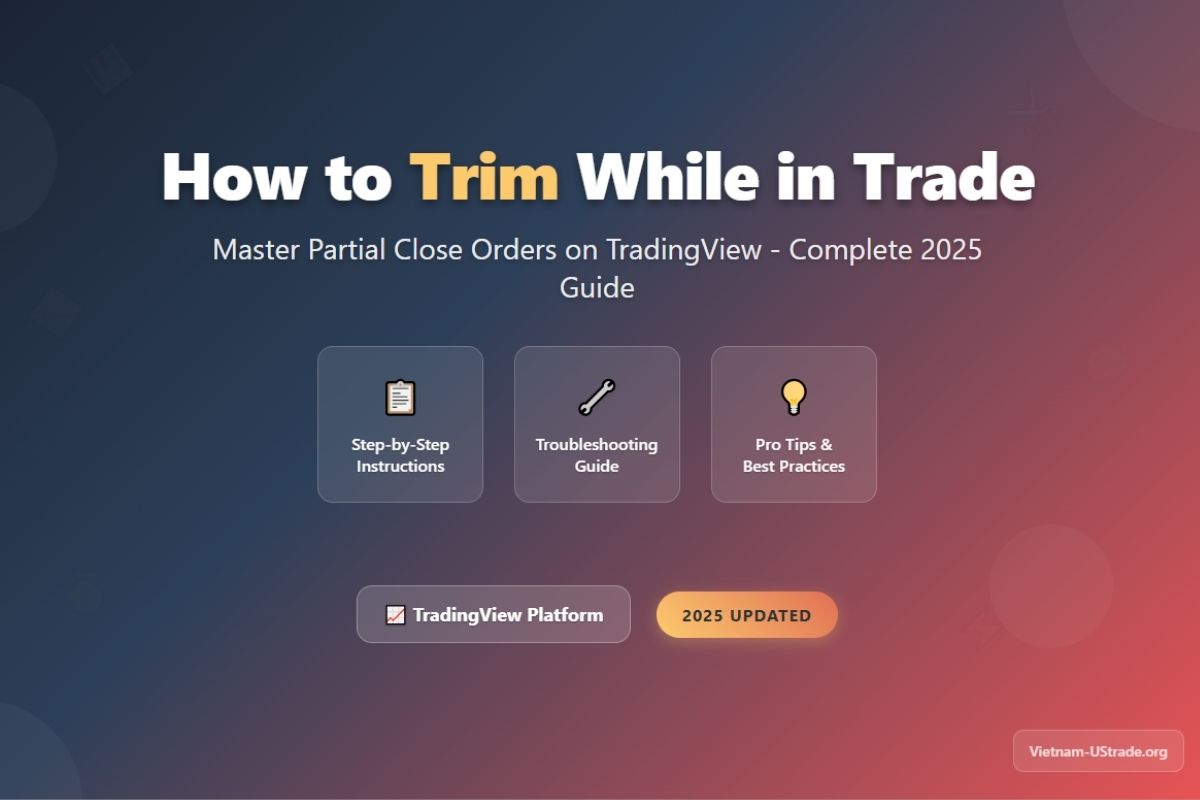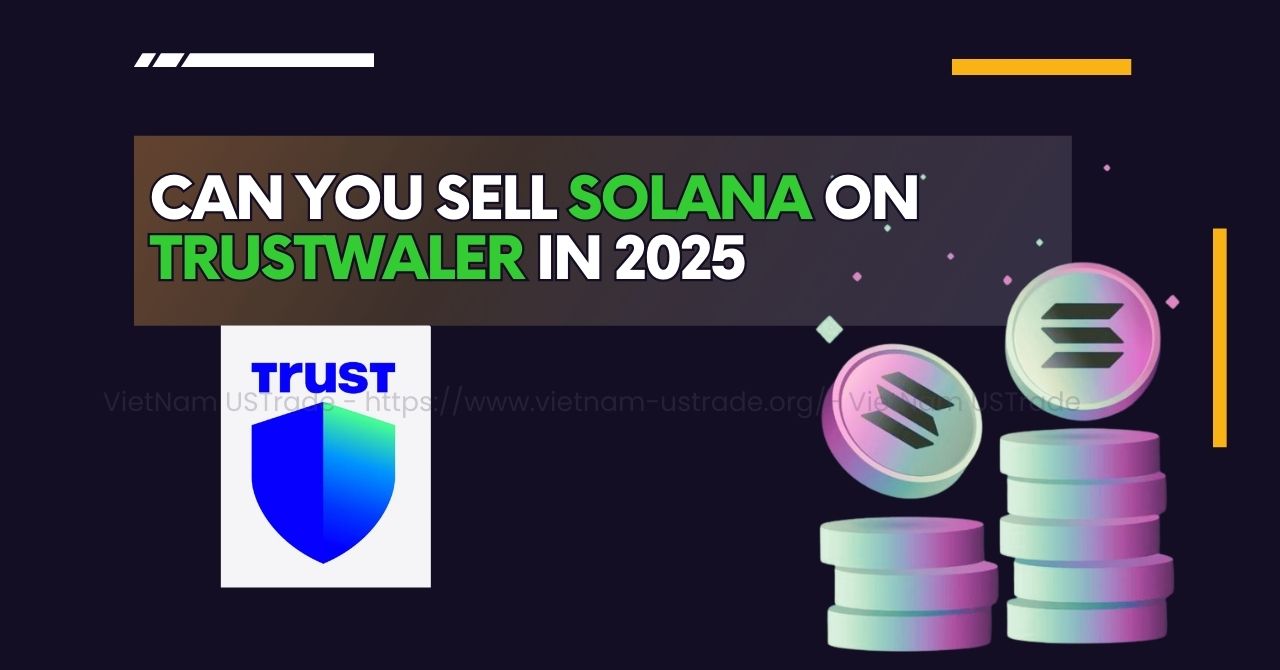What’s the difference between futures and options, and which one should you choose for your trading strategy? Futures and options both help manage risk and profit from market movements but they work in fundamentally different ways. Knowing their differences can protect your investments and improve your financial decisions.
Whether you’re a cautious hedger or an ambitious speculator, understanding the mechanics, risks, and advantages of each tool is key. This guide from Vietnam UStrade will walk you through their differences with real-life examples and simple comparisons helping you pick the right fit for your financial goals.
1. Quick comparison table: Futures vs. Options at a Glance
Here is a quick look at what’s the difference between futures and options contracts to help you grasp their core characteristics.
| Feature | Futures | Options |
|---|---|---|
| Obligation | Both parties must fulfill the contract | Buyer has the right, not the obligation |
| Risk | Potentially unlimited loss/gain | Loss limited to premium paid; gains unlimited (calls) |
| Rights | Obligation to buy/sell | Right to buy (call) or sell (put) |
| Users | Hedgers, speculators, businesses | Investors, speculators, hedgers seeking flexibility |
| Settlement | Daily mark-to-market or delivery | Exercise before expiry or expiration without action |
| Cost Structure | No upfront premium; margin required | Upfront premium paid by buyer |
| Underlying Assets (2025 context) | Commodities, stocks, digital assets, carbon credits | Similar range, expanding in digital/certified assets |
| Expiry | Set date, standardized | Set date, flexibility in exercising |
2. What are futures contracts?
Futures contracts are standardized agreements to buy or sell an asset at a predetermined price on a specific future date. Both buyer and seller are obligated to complete the transaction when the contract expires. These contracts trade on regulated exchanges and require an initial margin deposit, which acts like a security to cover potential losses.
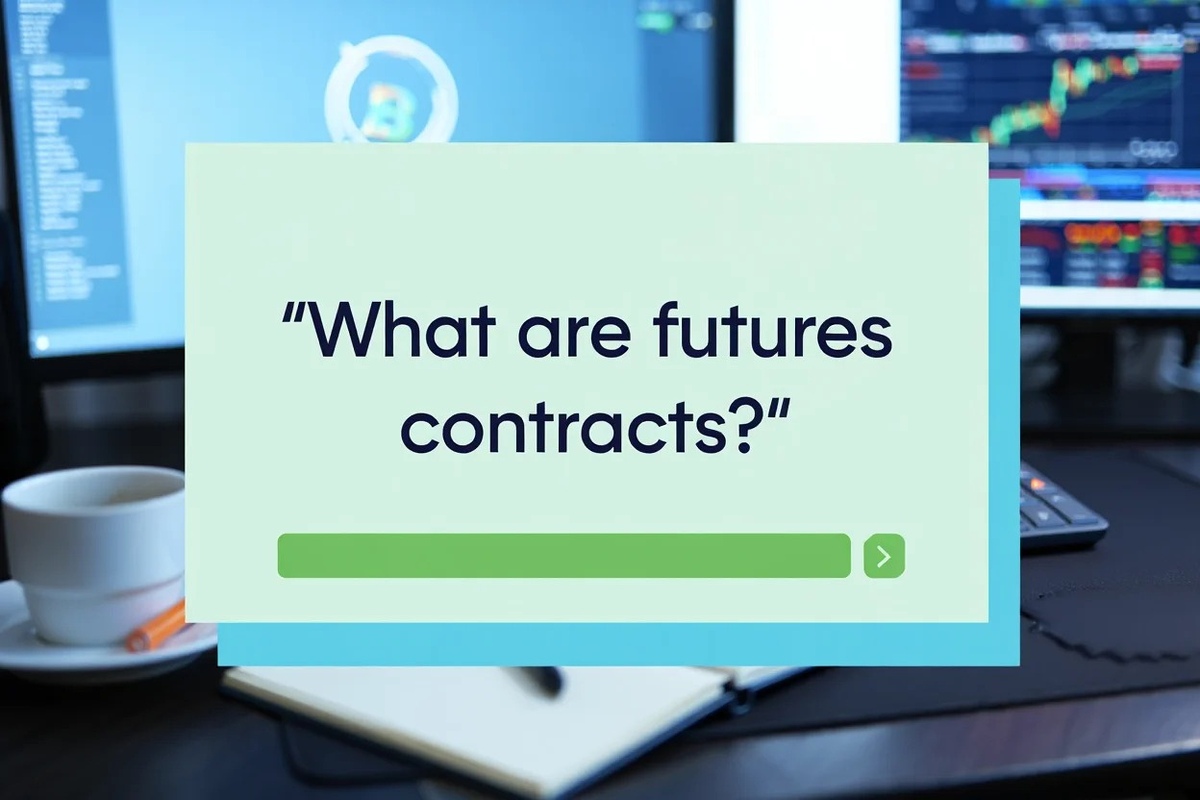
Every day, the contract’s value is adjusted based on market prices in a process called daily settlement or mark-to-market. This means profits and losses are realized daily until the contract ends. Futures cover a wide range of assets, such as commodities like oil and wheat, financial instruments like stock indices, and increasingly, digital assets and carbon credits as of 2025.
For example, an airline worried about rising fuel prices might use a futures contract to lock in the cost of jet fuel today. This way, no matter how prices move later, the airline can budget with confidence. If fuel prices rise, the airline saves money; if prices fall, they may pay more than spot prices but trade certainty for risk reduction.
What makes futures unique is the binding commitment on both sides, which differs from other derivatives offering more flexibility.
3. What are options contracts?
Options contracts give the buyer the right, but not the obligation, to buy or sell an asset at a set price before a certain date. Two main types exist: call options, which allow buying, and put options, which allow selling. Buyers pay an upfront premium to acquire this right. Sellers, meanwhile, have the obligation to fulfill the contract if the buyer chooses to exercise.
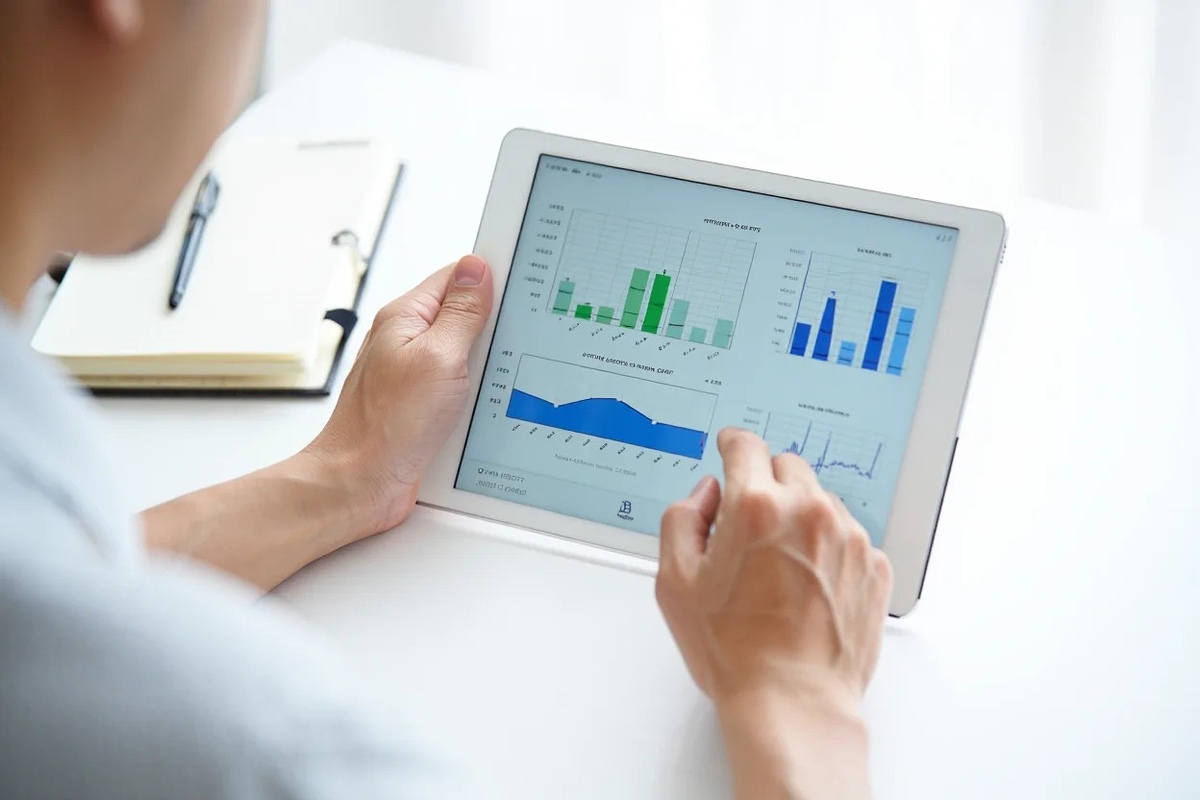
Options include key terms like the strike price (the set price), premium (cost to buy the option), exercise (when the buyer chooses to use the option), and expiry (last date to exercise). Like futures, options cover traditional assets such as stocks and commodities, but digital assets and newer environmental credits are gaining prominence in options markets as well.
Imagine an investor expecting a stock price to rise. They buy a call option with a strike price slightly above today’s price. If the stock soars before expiration, they can buy shares at the lower strike price, making a profit. If prices stay flat or fall, they only lose the premium paid, limiting their risk.
This “right without obligation” feature makes options flexible tools for various strategies.
4. Key differences between futures and options
To fully understand what’s the difference between futures and options, you need to break down their mechanics and obligations.
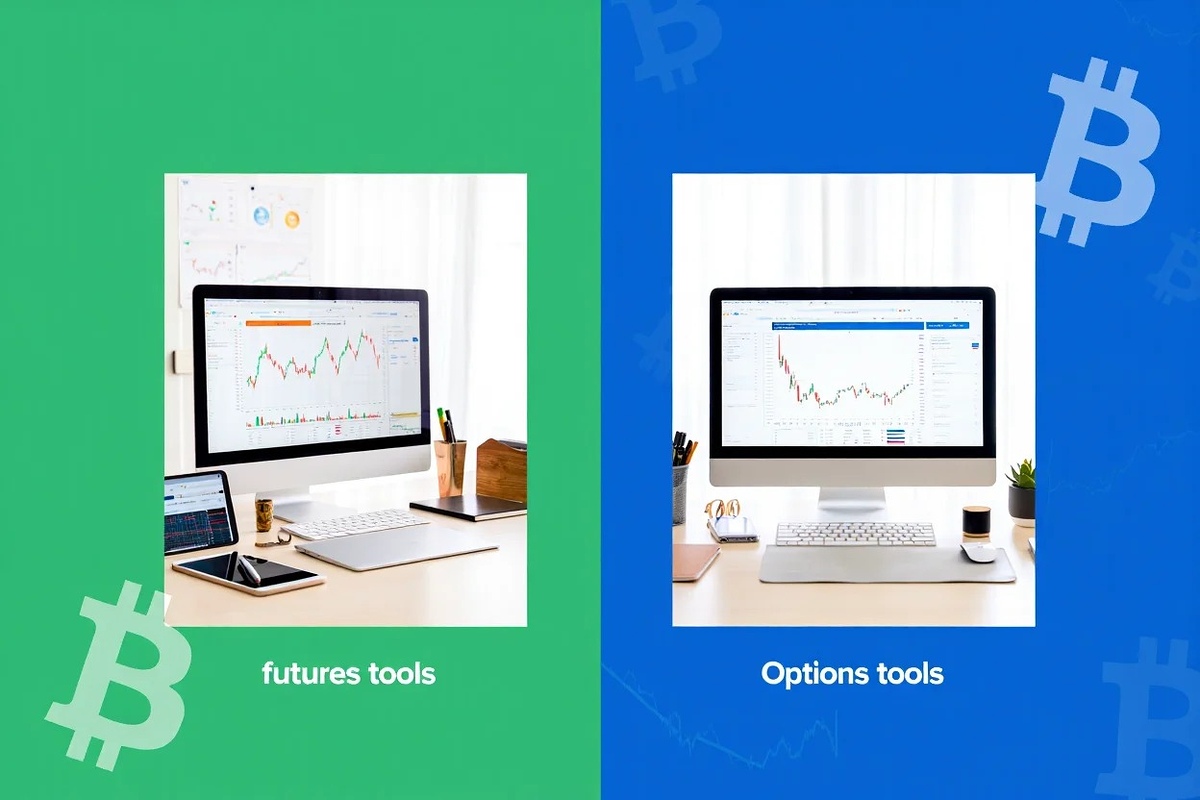
4.1. Obligation: Must you settle or can you walk away?
The most basic element of what’s the difference between futures and options lies in obligation: futures must be settled, options may be skipped.
- Futures: Both parties must settle the contract at expiry, either by delivering the asset or cash settlement. There is no option to back out.
- Options: The buyer can choose not to exercise the option. The seller must fulfill the contract only if exercised.
4.2. Risk and reward: How much can you lose or gain?
- Futures: Potential for unlimited profit or loss. Losses can exceed initial margin, requiring additional funds.
- Options: Buyer’s loss is limited to the premium paid; potential gains can be large (for calls). Sellers face potentially unlimited risk if positions are uncovered.
4.3. Settlement: When and how are contracts closed?
What’s the difference between futures and options when it comes to closing positions? Futures settle daily; options only if exercised.
- Futures: Settlement occurs daily via mark-to-market and finally at contract expiry. Positions can be closed earlier by offsetting.
- Options: Settlement happens if and when the buyer exercises the option before expiry or the option expires worthless.
4.4. Cost structure: What does it cost to enter each?
- Futures: No upfront premium; but traders must post margin. Margin calls require adding funds if losses occur.
- Options: Buyers pay a premium upfront; no margin on the buyer’s side. Sellers may need margin to cover potential obligations.
4.5. Typical use cases: Who uses each and why?
- Futures: Commonly used by producers and consumers of commodities, hedgers, and speculators seeking price certainty and standardized contracts.
- Options: Used by investors seeking flexibility to hedge or speculate with limited risk, and for more tailored strategies like income generation.
5. Futures vs. options in action: Real-world scenarios
Consider a coffee producer worried about a price drop over the next six months, and an investor expecting prices to rise.

Futures Example: The producer sells a futures contract locking in $100 per unit. If prices fall to $80, the seller still receives $100, securing revenue. If prices rise to $120, the producer misses extra profit but avoids risk.
Options Example: The investor buys a call option with a strike at $100 costing $5 premium. If price rises to $120, exercising yields a $15 profit per unit ($20 gain minus $5 premium). If price stays below $100, the loss is limited to the $5 premium.
These real-world cases clearly illustrate what’s the difference between futures and options in practice.
6. Pros and cons: Futures vs. options
Like any financial tool, understanding what’s the difference between futures and options helps you avoid costly mistakes.
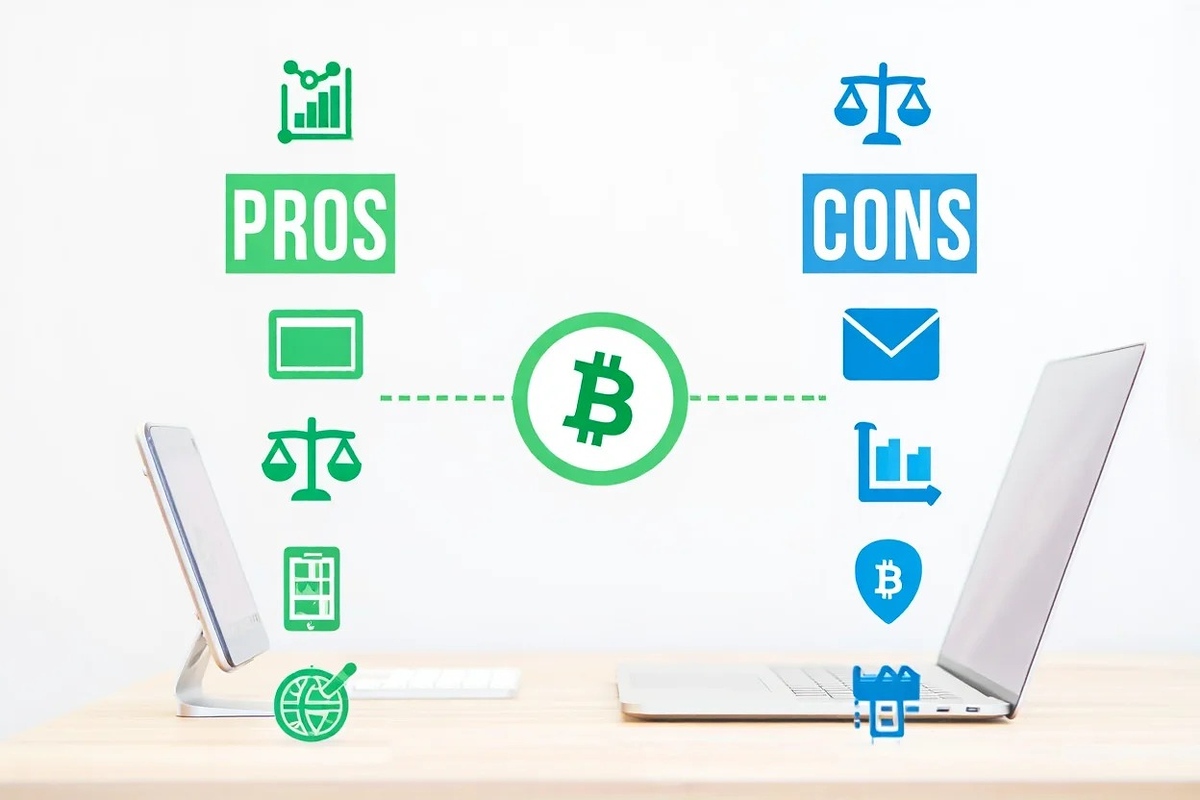
6.1. Advantages and drawbacks of futures
- Advantages: Transparent pricing, standardized contracts, no premium cost, efficient for hedging large exposures.
- Drawbacks: High risk due to full obligation, potential for margin calls, less flexibility.
6.2. Advantages and drawbacks of options
- Advantages: Limited loss for buyers, strategic flexibility, potential for high reward, widely applicable.
- Drawbacks: Premium cost upfront, complexity of strategies, sellers face high risk.
Options can involve more complex strategies, requiring understanding of things like strike prices, expiry timing, and even stop and limit orders to manage exposure.
7. Which is right for you? Self-assessment checklist
Before deciding, review this checklist to reflect what’s the difference between futures and options based on your goals. Use this quick checklist to see which contract suits your needs:
- Do you want to lock in a price with certainty? (Futures)
- Are you comfortable with potentially unlimited losses? (Futures)
- Do you prefer paying a known upfront cost and limiting your risk? (Options)
- Do you want flexibility to walk away if the market moves against you? (Options)
- Are you experienced with margin and daily settlements? (Futures)
- Are you looking to speculate or hedge smaller positions? (Options)
- Is your goal income generation or strategic investment positions? (Options)
Continue learning with these articles:
8. FAQs: Essential questions about futures vs. options
Below are key questions investors often ask when trying to determine what’s the difference between futures and options.
8.1. Can you lose more than your investment?
With futures, yes. Because both parties must fulfill the contract and daily settlements reflect losses, you can lose more than your initial margin if the market moves sharply. With options, the buyer’s maximum loss is the premium paid, while sellers may face unlimited risk.
8.2. Which is riskier?
Futures generally carry higher risk due to the binding obligation and margin calls. Options risk depends on the position: buyers have limited loss, sellers can face high risk. Overall, futures involve more straightforward exposure to price moves.
8.3. Do you actually want physical delivery?
Most traders in both futures and options avoid physical delivery by closing positions before expiry or using cash-settled contracts. Physical delivery is common in commodity markets but less so for financial or digital assets.
8.4. Can beginners use these contracts safely?
Yes, but with caution. Beginners should start with small positions, understand margin and premiums, and use these tools primarily for hedging or simple strategies. Education is key to managing risks effectively.
8.5. What are some common misconceptions?
One myth is that options are always cheaper or safer than futures; while options limit buyer loss, sellers face significant risk. Another is that futures are like bets they are serious contracts with legal obligations. Understanding these helps avoid costly mistakes.
9. Conclusion
Understanding what’s the difference between futures and options is key to choosing the right financial tool. Futures require full commitment and carry higher risk, while options offer flexibility and limited downside for buyers.
Here’s a quick recap of what you’ve learned:
- Futures = obligation + standardized contracts + margin-based risk
- Options = right without obligation + premium-based cost + strategic flexibility
- Risk appetite, trading goals, and experience will guide your choice
- Use the self-assessment checklist to match contract types to your needs
Don’t forget to follow the Trader & Trading category on Vietnam-UStrade to stay updated with the latest insights!
Which contract do you find more suitable for your current investment strategy?
Let us know your thoughts or questions in the comments and explore other resources in our Derivatives and Trading category to go deeper.

